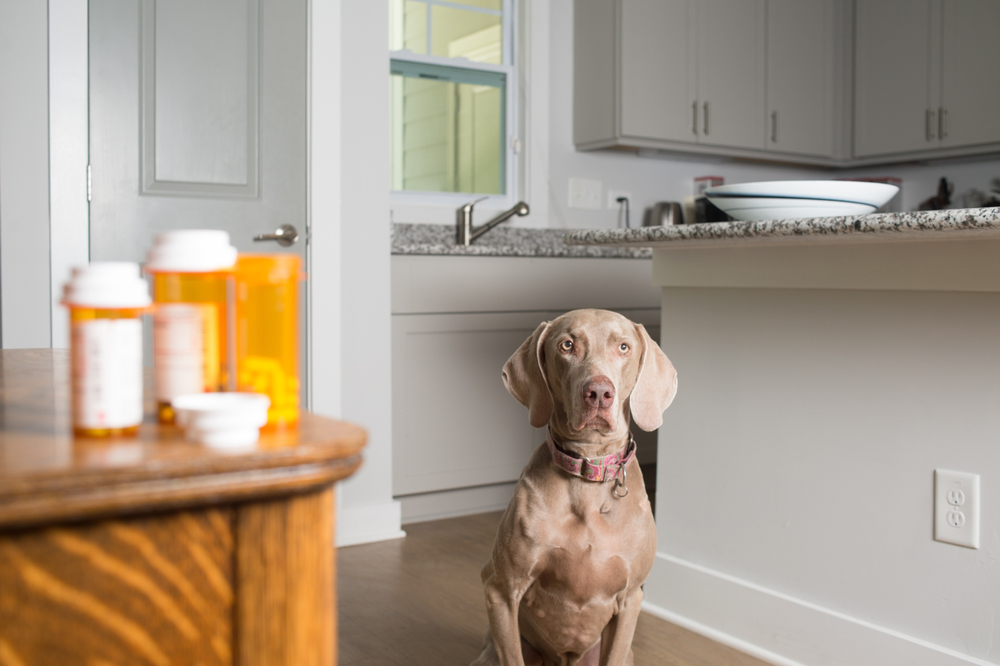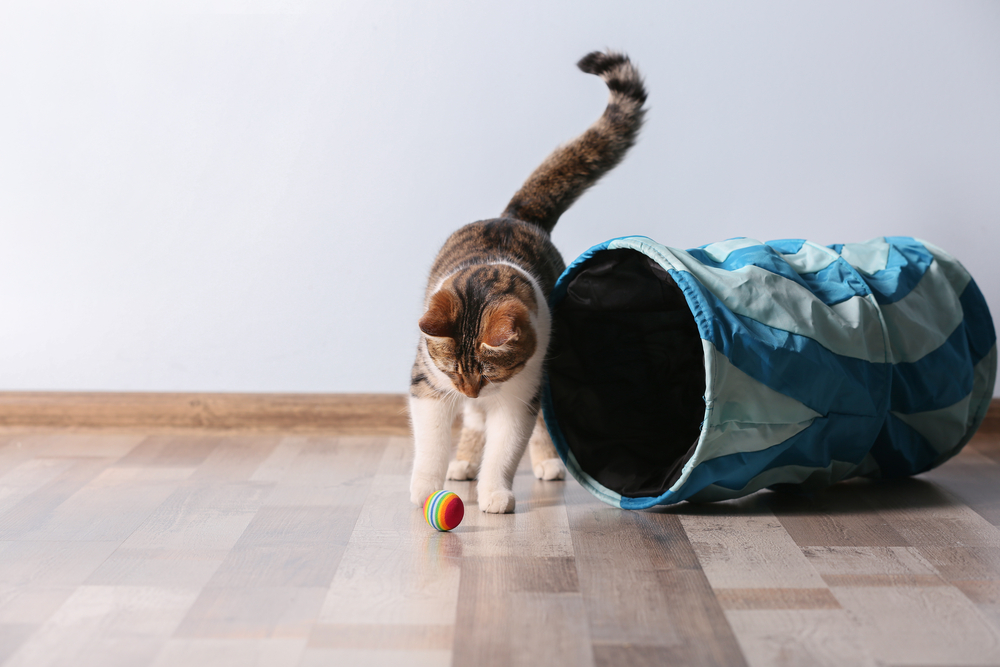After your pet receives a cancer diagnosis, spoiling her with daily McDonald’s hamburgers and lazy afternoons snuggling on the couch may be tempting. But, while these are wonderful ways to bond with your best friend, continue to show your love through regular activity. Many pets desire nothing more than time spent with their “person,” and daily exercise will help keep your pet strong, promote healthy muscle mass, and create a special time in your busy day to focus solely on your pet. While battling cancer, your pet may not feel quite up to snuff, and she may not bounce around with her typical delight when presented with a toy or leash. However, she will still be overjoyed to take part in her favorite activities. Naturally, you may be worried about doing too much if your pet is weak or feels ill, so follow these tips to ensure your furry friend enjoys her adventures to the fullest.
#1: Follow your pet’s lead during activities
Let your pet set the pace on your jaunts throughout the neighborhood or during play. If she can do no more than a slow plod, don’t push her to complete the five-mile loop from her younger days. If your pet appears uncomfortable and cannot tolerate intense hiking expeditions, listen to her, and avoid steep hills and stick to flat ground.
When you are playing together at home, your dog may be unable to run as far during a game of fetch. Stick with gentle ball tosses, and limit play sessions to brief intervals, allowing her plenty of time to rest.
Your kitty may not be able to jump as well as she used to, so keep that in mind when playing with her with feather wands or fishing pole toys. Most cats enjoy stalking and pouncing games, so you can likely entice your feline friend into a game of chase by dragging a feather wand along the floor, rather than flicking it high in the air. As with dogs, keep play sessions brief, with ample recovery time.
#2: Monitor your pet closely when playing
While enjoying a game of fetch, a hike along a trail, a training session, an agility course, or a stalk-and-pounce activity, monitor your pet closely for signs of discomfort or tiring. Pets with bone cancers can become painful with too much activity on the affected limb, or chemotherapeutic medications can sap your pet’s energy or make her feel ill. Keep an eye out for the following signs that your pet is ready to call it quits:
- Excessive panting
- Limping
- Lagging behind
- Slowing down
- Lack of interest in surroundings or activity
- Whining, whimpering, or groaning
Many pets enjoy playing their favorite games with their owners, but cannot make a sound decision about when to quit. Be your furry pal’s advocate, and encourage her to rest and relax before she exceeds her limits.
#3: Spend time doing your pet’s favorite activities
When your beloved pet receives a cancer diagnosis, you may be tempted to cram as many fun, fulfilling activities into the time you have left together, trying to complete a bucket list. But, if your dog was never a fan of crowded dog parks or car rides, avoid those adventures and choose activities your pet likes. She may enjoy a solitary hike in the woods more than a day at the dog park, or a walk around the neighborhood rather than a trip through the drive-thru for a snack that will make her nauseous. Most cats are homebodies and would prefer to stay home, rather than set out to experience new adventures, especially if they feel unwell. Instead, offer your kitty her most-loved foods, and participate in her favorite activities at home.
#4: Help your pet as needed
As your pet grows older and her cancer progresses, her body may be unable to function as well. Her limbs may become weak and unable to fully support her weight, especially on slick floors. She may not be able to jump to reach her favorite perch or catch her ball. Support your pet by adding stairs or ramps so she does not need to jump, lay down carpet runners for traction, and purchase mobility aids to help her walk. Slings, toe grips, and limb braces can support your pet, and ensure she remains comfortable while she is active.
#5: Ask us to help keep your pet comfortable

Despite all the changes you make at home to keep your pet comfortable while she goes about her favorite activities, you may feel that you could be doing more. Fortunately for your furry friend, we can team up to provide additional pain-relief options to ensure she remains happy during her daily routine. Non-steroidal anti-inflammatories, opioids, nerve-pain medication, supplements, holistic treatments, and prescription diets can be added to your pet’s management plan to help keep her comfortable so she can fully enjoy being active with you.
If you notice your pet slowing down or not enjoying her favorite activities anymore, contact us.


